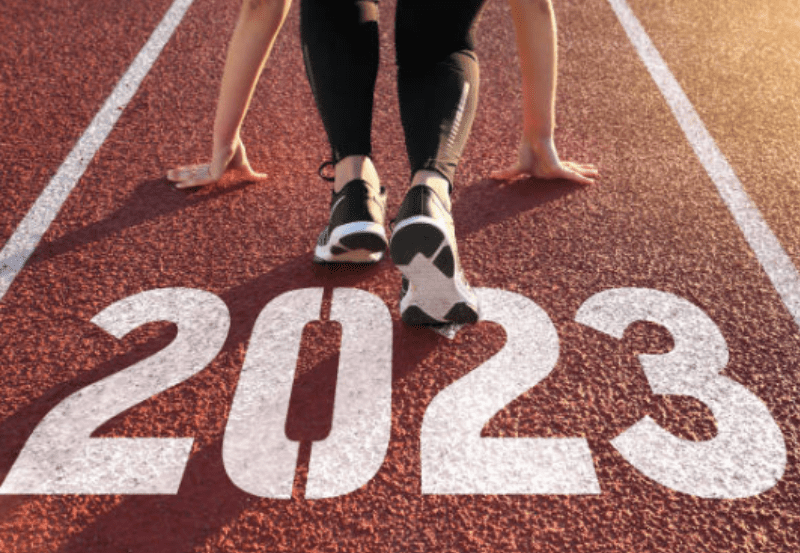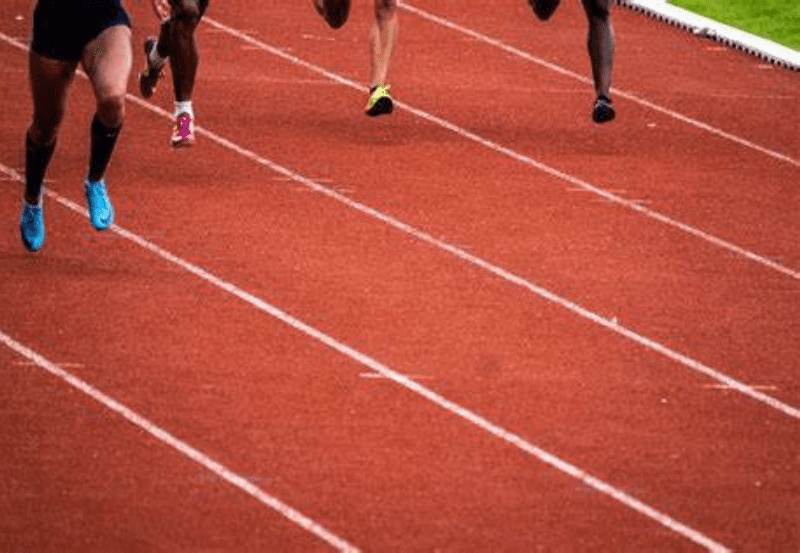As athletes and sports enthusiasts, we understand the importance of selecting the right athletic surface for different sports. Whether it’s for football, soccer, tennis, or track and field, each sport requires a different surface that can affect the performance of athletes and the risk of injury. This article will discuss the pros and cons of different athletic surfaces, factors to consider when choosing them, and the best athletic surfaces for different sports.
Table of Contents
Types of Athletic Surfaces
Different athletic surfaces include natural grass, artificial turf, asphalt, and concrete. Each has pros and cons that can affect sports performance and the risk of injury.
Natural Grass
Natural grass has been the primary outdoor sports surface for centuries, known for its natural look and soft cushioning. However, it requires high maintenance costs for watering, mowing, fertilizing, and re-sodding and is vulnerable to weather conditions and wear and tear, especially in high-traffic areas.
Pros:
- Soft and cushioned
- Good traction
- Natural look and feel
Cons:
- High maintenance costs
- Vulnerable to weather conditions
- Prone to wear and tear
Artificial Turf
Artificial turf is a synthetic material that imitates natural grass and is favored for its durability, low maintenance costs, and ability to withstand various weather conditions. Although commonly used for outdoor sports like football and soccer, it can lead to abrasions and injuries due to its rough surface and lack of natural grass cushion.
Pros:
- Durable and long-lasting
- Low maintenance costs
- Suitable for all weather conditions
Cons:
- Can cause abrasions and injuries
- Generates heat and odors
- Less cushioning compared to natural grass
Asphalt
Asphalt is a popular material used for outdoor sports fields like running tracks due to its soft and level surface, good traction, and low maintenance costs. However, it lacks shock absorption, increasing the risk of injury, particularly for shins and stress fractures.

Pros:
- Soft and level surface
- Good for running and sprinting
- Low maintenance costs
Cons:
- Does not absorb shock well
- Increases injury risk, especially for shins and stress fractures
- Vulnerable to weather conditions
Concrete
Concrete is a popular surface for indoor and outdoor sports fields such as basketball and tennis courts, known for its smooth surface and low maintenance costs. However, its hardness increases the risk of injury to feet, knees, hips, and lower back.
Pros:
- Smooth and regular surface
- Allows for good rhythm development
- Low maintenance costs
Cons:
- Hard and unforgiving surface
- Increases injury risk, especially for feet, knees, hips, and lower back
- Vulnerable to weather conditions
Factors to Consider When Choosing Athletic Surfaces
When selecting an athletic surface, several key factors must be considered to ensure the best possible performance, safety, and sustainability.
Sport-specific requirements
Choosing a suitable athletic surface depends on the specific requirements of each sport. Natural grass or artificial turf suits soccer and football, while hardwood or synthetic floors are ideal for basketball and volleyball.
Location and Climate
The location and climate are important factors when selecting an athletic surface. Weather conditions such as high humidity, rainfall, or extreme temperatures can impact surface quality and safety. Therefore, choosing surfaces that can resist water, heat, and cold in such regions is essential.
Budget and Maintenance Costs

Budget and maintenance costs should also be taken into account. The cost of installing and maintaining athletic surfaces can vary depending on the type of surface selected. Choosing a surface that fits within the available budget and has reasonable ongoing maintenance costs is essential.
Safety and Injury Risk
Safety and injury risk should be another top consideration when selecting an athletic surface. The surface should be designed to minimize the risk of injuries and provide a safe playing environment for athletes. This includes factors such as shock absorption, traction, and surface evenness.
Best Athletic Surfaces for Different Sports
Several options are available when choosing the best athletic surface for a particular sport. Here are some of the best athletic surfaces for different sports:
- Football: Natural grass and artificial turf are commonly used for football fields. Natural grass provides a more traditional feel and allows for better traction, while artificial turf is more durable and requires less maintenance.
- Soccer: Like football, natural grass and artificial turf are popular choices for soccer fields. Natural grass is more commonly used for professional games, while artificial turf is often used for recreational and training purposes.
- Track and Field: Asphalt and synthetic tracks are joint surfaces for track and field events. Asphalt is used for training, while synthetic tracks provide better shock absorption and are ideal for competitive events.
- Basketball: Hardwood floors and synthetic floors are both used for basketball courts. Hardwood provides a classic feel and is commonly used for professional games, while synthetic floors are more durable and require less maintenance.
- Tennis: Clay and hard courts are the two most common surfaces for tennis. Clay courts are slower and provide more bounce, while hard courts are faster and provide less bounce.
Maintenance and Care for Athletic Surfaces
Proper maintenance and care are crucial to ensure the longevity and safety of athletic surfaces. Consider these key factors:

- Regular Cleaning and Maintenance: Dirt, debris, and other contaminants can accumulate on the surface and affect its performance. Regular cleaning and maintenance can help prevent damage and ensure optimal playability.
- Repairing Damages and Wear and Tear: Regular inspections and repairs of damages and wear and tear can help prevent further damage and ensure safety.
- Proper Drainage and Irrigation: Proper drainage and irrigation are essential to prevent water accumulation and maintain a safe playing surface.
- Professional Installation and Maintenance: Professional installation and maintenance can ensure that the athletic surface meets industry standards and regulations and provide ongoing care and support.
Conclusion
Choosing suitable athletic surfaces is crucial for sports performance and injury prevention. Each surface has pros and cons, and factors like sport-specific requirements, location, and maintenance costs should be considered. Regular cleaning and maintenance, repairing damages, and proper drainage and irrigation are necessary for optimal surface performance and longevity.
To access more informative blog content, please click here.




